15 Facts About The Elusive Himalayan Wolf
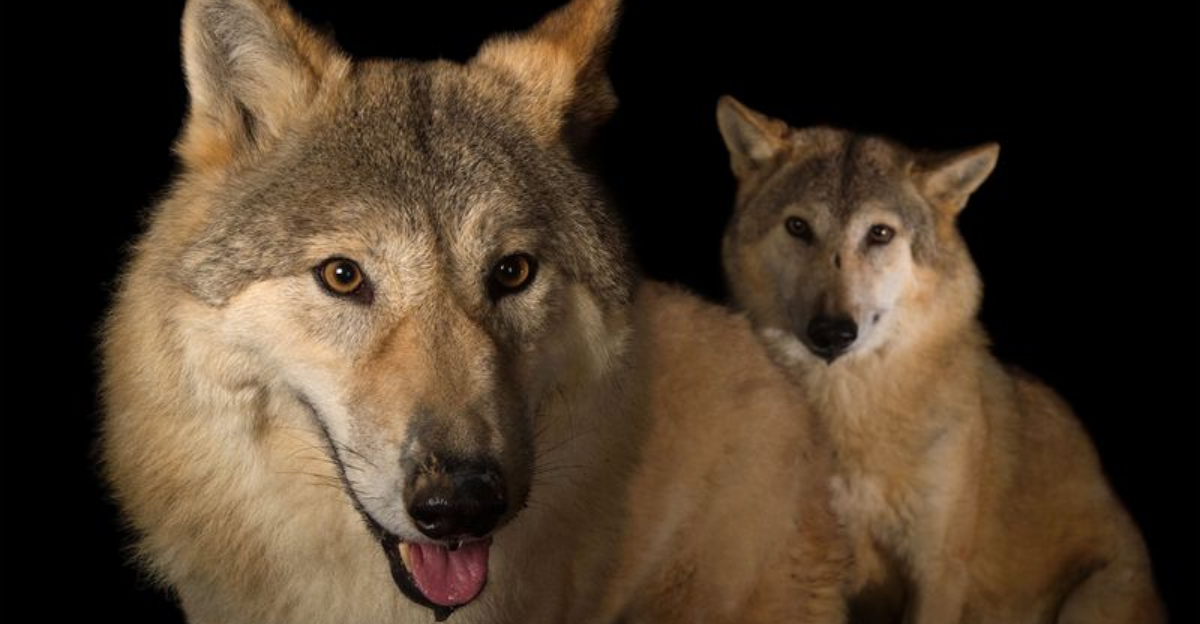
The Himalayan Wolf is an intriguing and lesser-known predator inhabiting some of the world’s highest regions. Its mysterious nature and unique adaptations have sparked curiosity among biologists and wildlife enthusiasts alike.
This list uncovers fascinating facts about this elusive creature, each shedding light on its life and survival in one of the most challenging environments on Earth.
1. Ancient Lineage
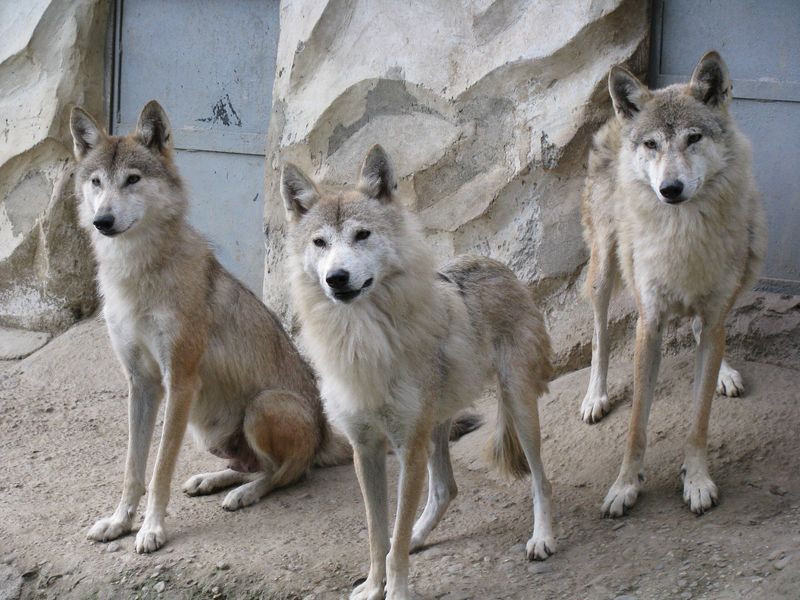
Long before the Himalayas graced the earth, the ancestors of the modern Himalayan wolf roamed ancient landscapes.
This wolf boasts a lineage that traces back over 800,000 years, making it one of the world’s most ancient canines. It’s like the ‘wise old sage’ of the wolf world!
With DNA that diverges significantly from its more commonly known cousins, the Himalayan wolf is genetically distinct. Its unique evolutionary path has fascinated scientists, offering insights into ancient wolf migration patterns.
2. High Altitude Adaptation
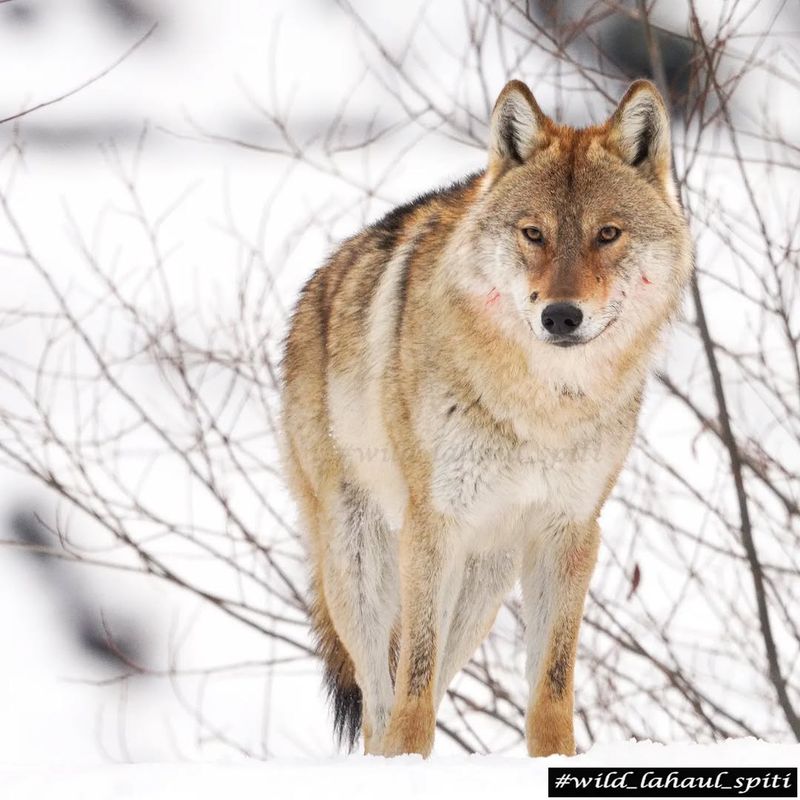
Living at elevations of up to 5,500 meters above sea level requires some serious adaptation skills.
The Himalayan wolf has developed a thicker coat and larger lungs, allowing it to thrive in oxygen-depleted environments. Picture this canine as a mountaineer, always ready for a climb!
These adaptations not only enable survival but also distinguish the Himalayan wolf from other species that would find such heights unbearable. Its resilience is a testament to nature’s ability to equip creatures for survival.
3. Distinct Appearance
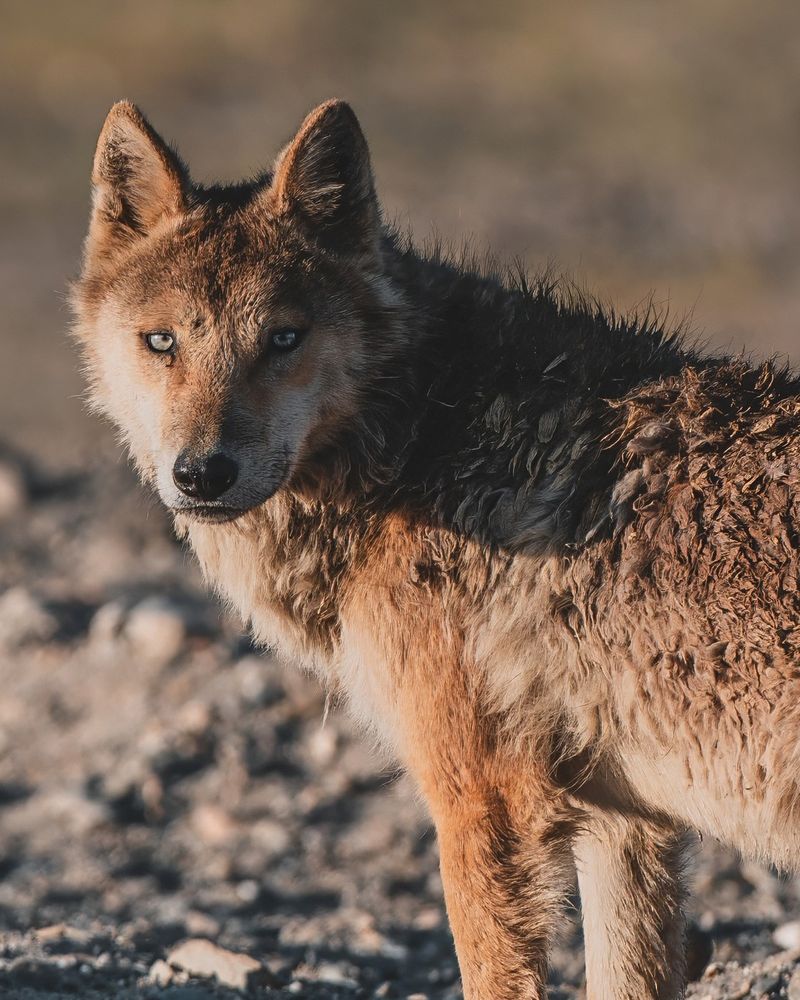
With its distinct coat of long, woolly fur and a striking facial mask, the Himalayan wolf is a sight to behold. This unique appearance sets it apart from its more familiar gray wolf cousins. Think of it as the fashion icon of the wolf world!
Its fur coloration, ranging from sandy beige to a more cool gray, helps it blend seamlessly into its mountainous surroundings, providing excellent camouflage. This natural adaptation proves essential in both hunting and avoiding human detection.
4. Unique Vocalizations
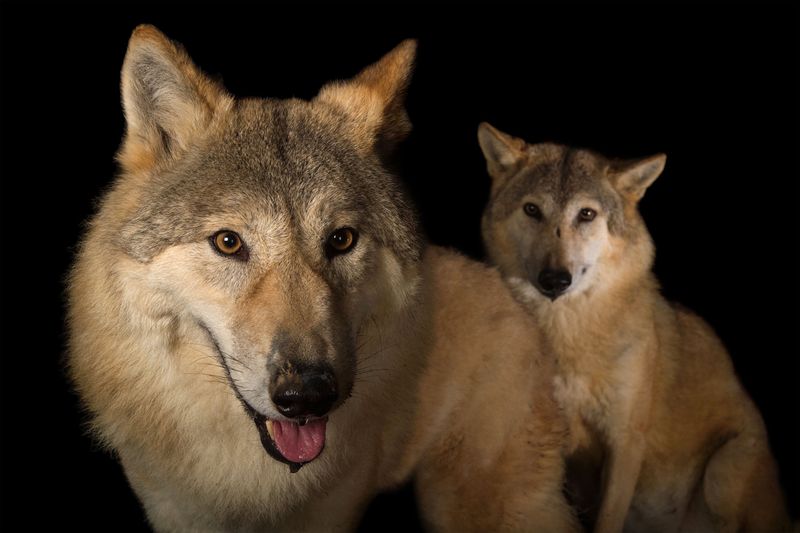
Not all howls are created equal, and the Himalayan wolf’s vocalizations are a testament to this fact.
Known for their unique howls and vocal patterns, these wolves communicate in ways that are still being studied by scientists. It’s like they have their own secret language!
These vocalizations play a crucial role in social interaction and territory establishment. Understanding these calls can reveal much about their social structure and interactions within packs, offering a glimpse into their complex communication.
5. Elusive Behavior
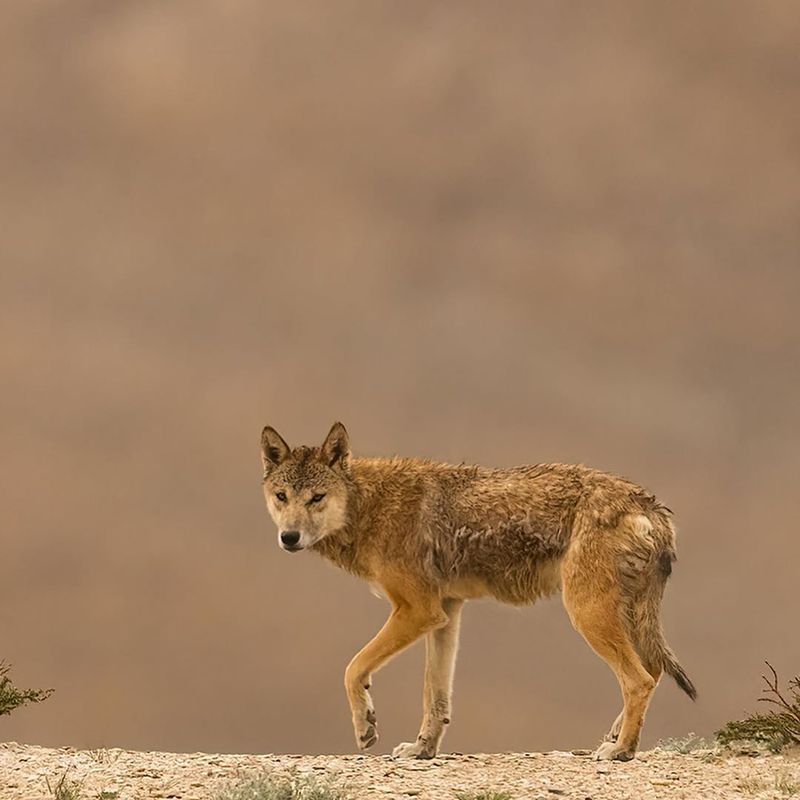
Elusiveness is the game, and the Himalayan wolf plays it like a pro. Preferring the cover of darkness and the remoteness of high-altitude forests, sightings of this wolf are rare. It’s the ninja of the animal kingdom!
This behavior, while making it difficult for researchers to study the species, is a vital survival tactic. By avoiding human interaction and staying hidden, the Himalayan wolf reduces the risk of conflict and ensures its safety in an increasingly populated world.
6. Dietary Preferences
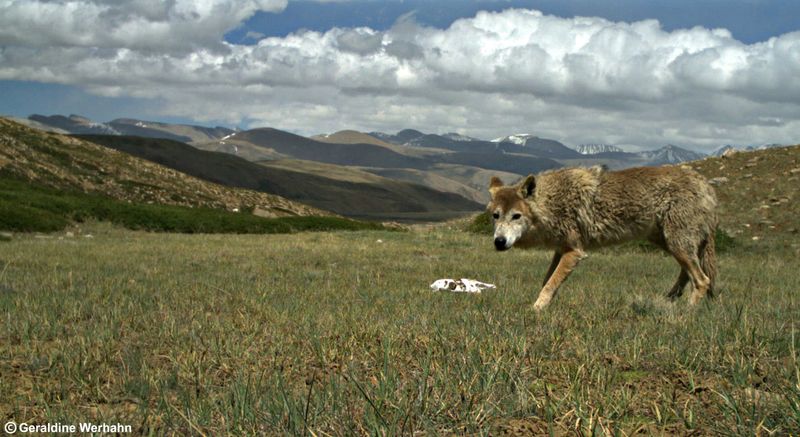
Dining in the Himalayas requires a taste for the unusual, and the Himalayan wolf doesn’t disappoint. With a diet that includes Himalayan marmots and other small mammals, this wolf is a unique gourmet of the mountains.
Its ability to adapt to the available prey is a testament to its survival skills. The diverse diet not only sustains the wolf but also highlights the complex ecosystem it inhabits, where each meal choice plays a role in maintaining ecological balance.
7. Cultural Significance

In the folklore of Himalayan communities, the wolf often holds a place of reverence and intrigue.
Regarded as a symbol of strength and cunning, the Himalayan wolf features prominently in local myths and stories.
These tales speak not just to the respect the animal commands but also to the cultural relationship between humans and wildlife in the region. Understanding these narratives provides insight into how local communities coexist with and perceive the natural world around them.
8. Conservation Challenges
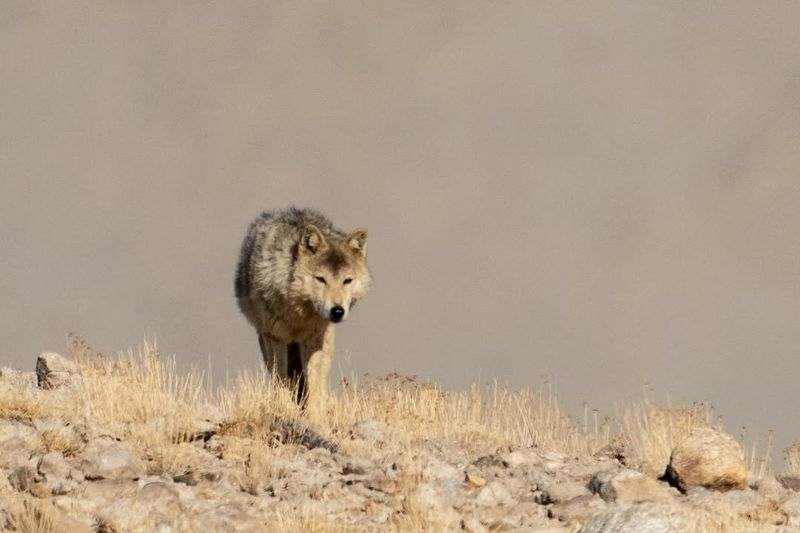
The path to survival is fraught with challenges for the Himalayan wolf. With climate change and human encroachment threatening its habitat, conservation efforts are crucial.
Preservation of the Himalayan wolf requires international cooperation and local engagement. Efforts to protect this species also aid in preserving the broader ecosystem it inhabits, making it a focal point for conservationists.
The ongoing struggle underscores the delicate balance between human activity and wildlife preservation.
9. Mysterious Genetics
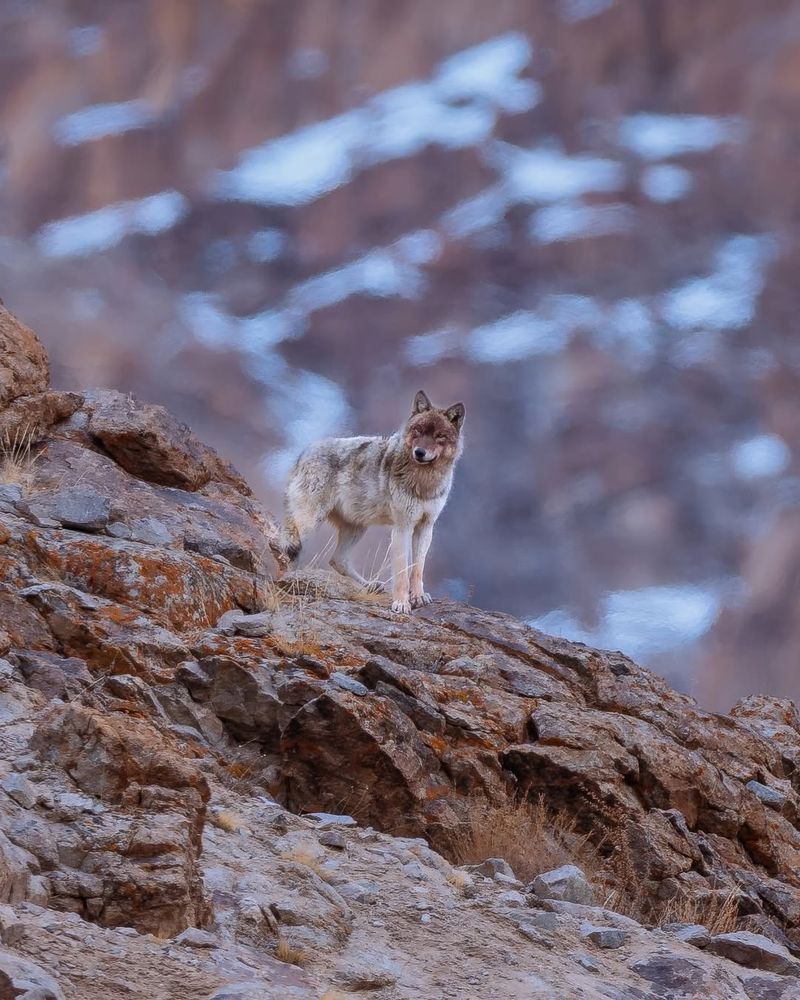
Genetic studies have revealed that the Himalayan wolf is distinct from its gray wolf relatives. This genetic uniqueness is not just fascinating, but it also raises questions about its exact classification.
Researchers are delving into its genetic makeup to understand its evolutionary history better.
These studies could shed light on why the Himalayan wolf has remained so distinctive and how it has adapted to its harsh environment, offering clues about the resilience of species in isolated habitats.
10. Role In Ecosystem
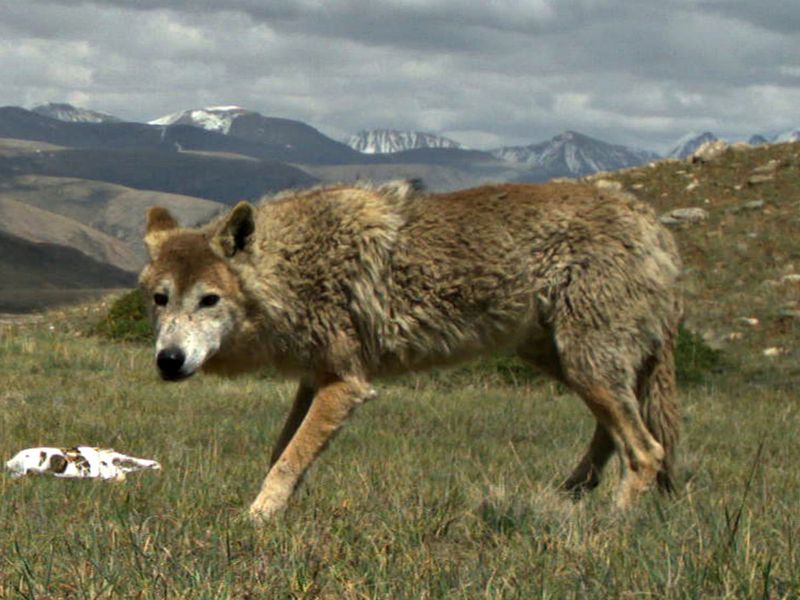
Every predator plays a crucial role in its ecosystem, and the Himalayan wolf is no exception. By controlling populations of herbivores, it helps maintain a balanced ecosystem.
Its presence influences the behavior and distribution of other species, fostering biodiversity. The Himalayan wolf’s role is akin to a keystone in an arch, holding the ecological community together.
This intricate web of life not only supports the wolf but ensures the survival of many species in the harsh Himalayan habitat.
11. Human-Wolf Interaction
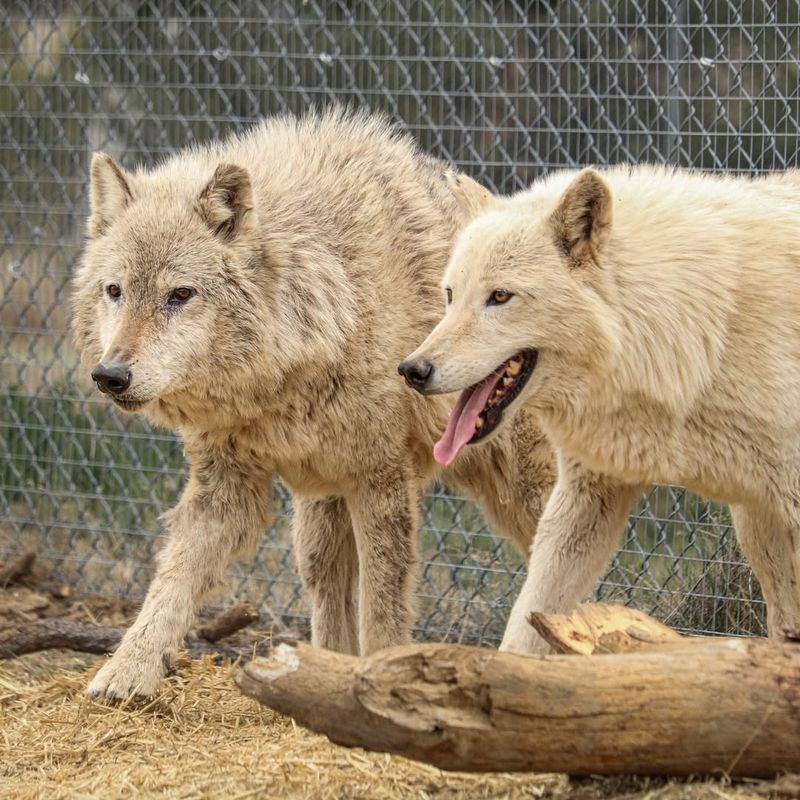
Living in proximity to humans, the relationship between Himalayan wolves and local communities is complex. While instances of conflict occur, there are also stories of coexistence and mutual respect.
Initiatives aimed at fostering understanding and reducing human-wolf conflict focus on education and community involvement.
These efforts highlight the potential for harmony and the importance of protecting a species that is integral to the Himalayan landscape.
Such interactions are as layered as the mountains themselves, reflecting the complexity of human-wildlife dynamics.
12. Seasonal Movements
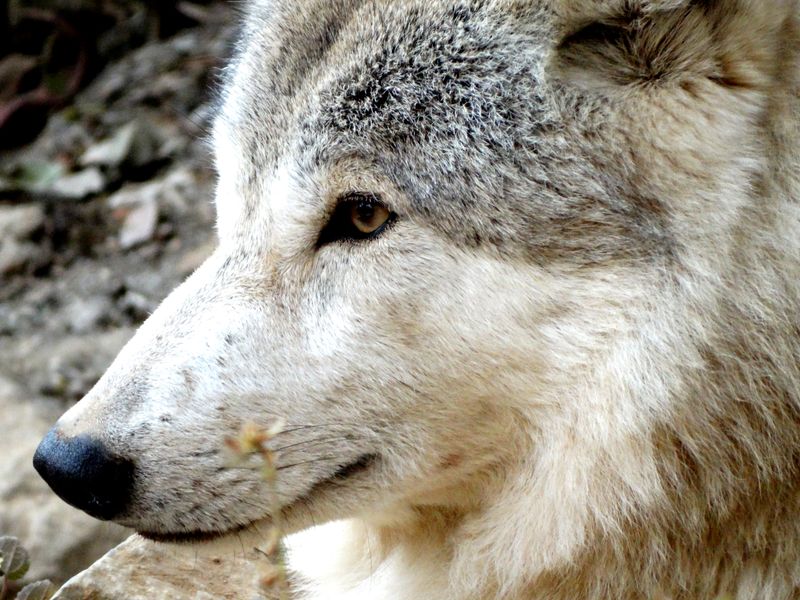
Life in the Himalayas is nothing short of an extreme sport, and the Himalayan wolf has mastered the seasonal challenges.
These wolves exhibit seasonal movements to cope with the harsh climate and availability of prey.
Such migrations are strategic, ensuring that they make the most of the region’s limited resources. These movements are like nature’s own game of chess, with each move calculated for survival.
Observing these patterns contributes to understanding the ecological needs and adaptive strategies of this resilient species.
13. Breeding And Family Life
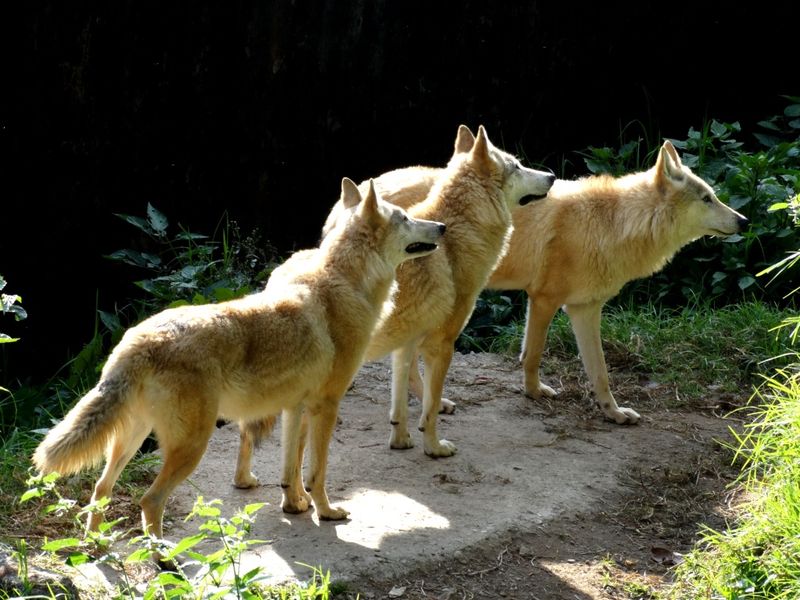
Family life among Himalayan wolves is as fascinating as it is complex. Packs are typically small, with a strong social structure centered around a breeding pair.
The nurturing of pups involves the entire pack, reflecting a community-centric approach to survival. This social structure plays a critical role in the wolves’ success, enabling them to raise their young in an unforgiving environment.
14. Research Opportunities
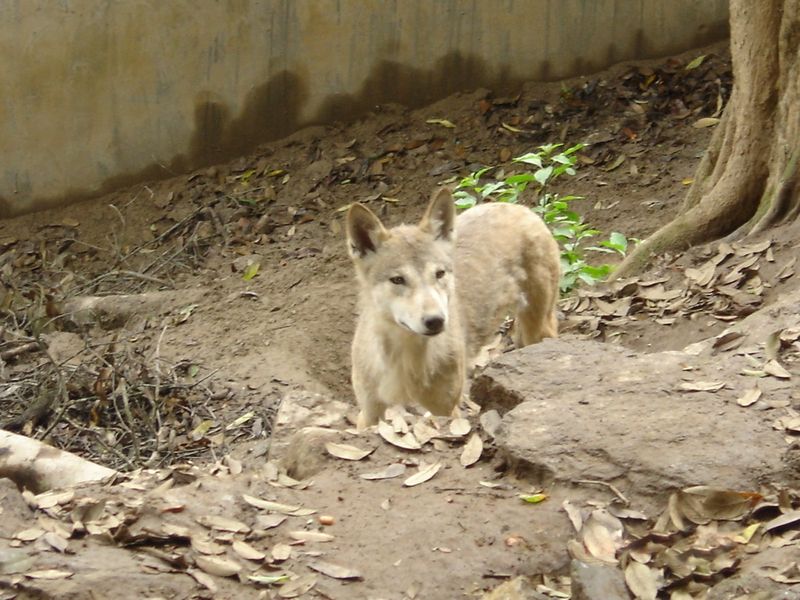
The enigmatic nature of the Himalayan wolf offers rich opportunities for research. Wildlife biologists are keen to study its behavior, genetics, and role within its ecosystem.
Each finding contributes to a broader understanding of how species adapt to extreme environments. These research efforts are not just about the wolves but also about the broader implications for conservation and ecological studies.
The Himalayan wolf, therefore, stands as a symbol of both mystery and discovery in the natural world.
15. Future Prospects
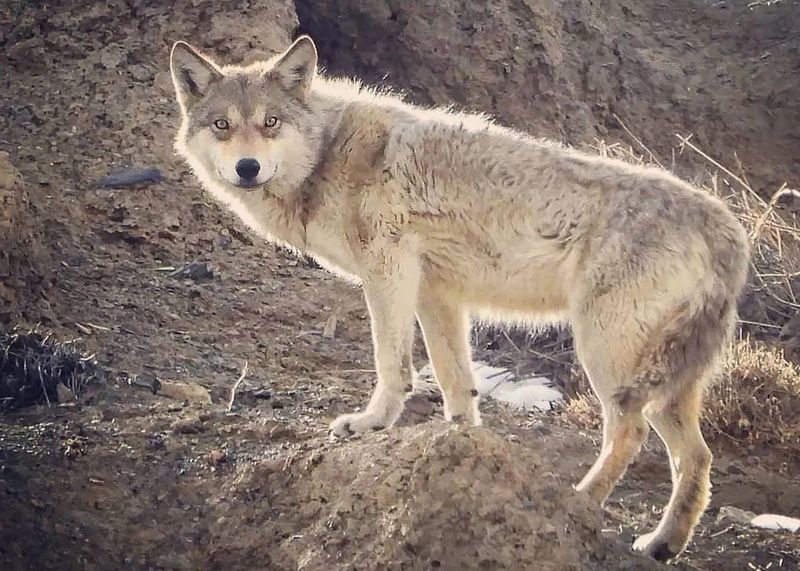
What lies ahead for the Himalayan wolf? As environmental conditions evolve, so too must the strategies to ensure its survival. Future prospects hinge on effective conservation policies and adaptive management.
The ongoing dialogue between conservationists, local communities, and governments will shape the destiny of this remarkable species.
It’s a future full of both challenges and possibilities, reminding us that the story of the Himalayan wolf is still being written. As guardians of our planet, we are all part of that narrative.






